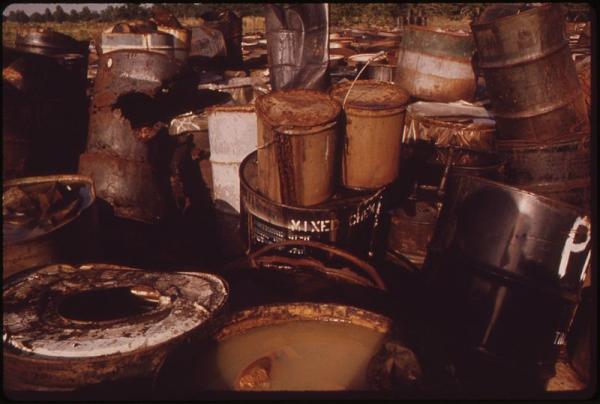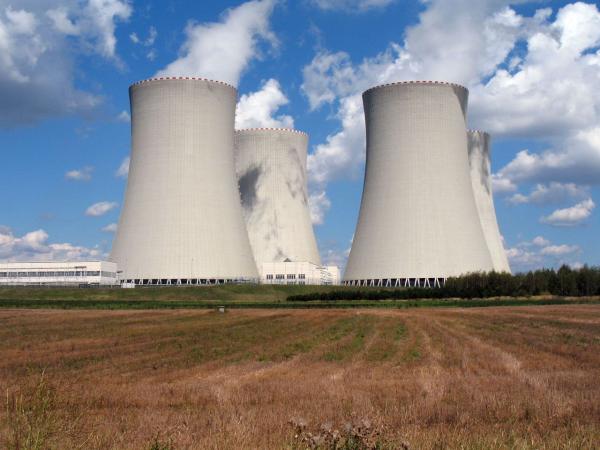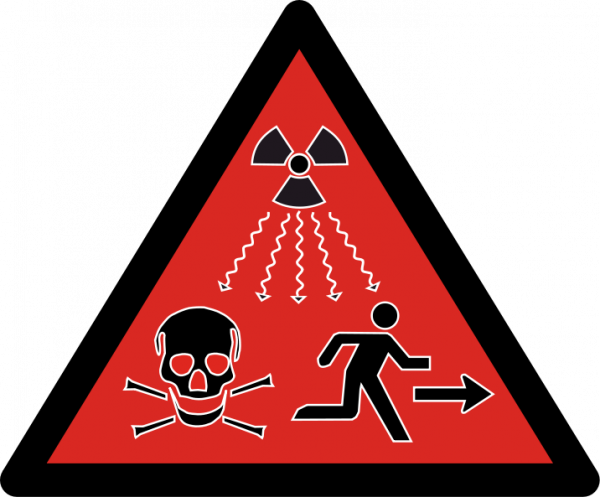
Hazardous waste can be found just about anywhere in the workplace, your home, and in the environment. It comes from many sources, including batteries, nuclear power, and household cleaners. Even if you don’t produce hazardous waste yourself, you’re contributing indirectly.
The business you work for or the university you attend – where computers and lights are turned on continuously – necessitate nuclear power. Businesses and universities are going green by shifting operations to run online, banking customers can do all their finances over the internet, and universities are even developing PhD online degree programs that will roll out in the near future. Yet, despite such efforts, the world continues to run on more and more hazardous materials. Here are some steps you and your business can take to help out by disposing of such waste properly.

10. Incinerators are one way in which hazardous waste can be disposed of properly. The EPA reports that incineration can destroy toxic organisms in hazardous waste which will in turn cut down on the overall amount of waste. However, since not all waste (for example, metal) can be incinerated, other methods must be explored.
9. One way to help reduce hazardous waste is through emission control. Congress declared in the Clean Air Act, Title 42 of the US Code, that air pollution prevention is everyone’s responsibility. Abiding by or actually exceeding emission standards is a great way of disposing of hazardous waste since the less you produce the less you will have to dispose of.
8. Sharing of your hazardous waste is one way to dispose of it. For instance, if you have extra lawn fertilizer sitting in your garage, share it with your neighbor. You can also donate paint to places such as Habitat For Humanity or to a local contractor. Anything that you can do to use the product as opposed to dispose of it can be helpful to the environment.
7. One of the newest methods used to dispose of hazardous waste is referred to as bioremediation. According to The American Society of Civil Engineers, bioremediation involves using recombinant and natural microorganisms to break down waste. Bioremediation can be done both onsite and offsite and is mainly used to treat areas that are already contaminated with hazardous waste.

6. Recycling is becoming ever more popular when it comes to disposing of hazardous waste. Used oil is a common waste product that is harmful if dumped into a landfill. As such, disposing of it has become difficult. Companies are now recycling used oil into other products such as different grades of oil.
5. Burying hazardous waste is a method that is used but is becoming more uncommon. As hazardous waste can contaminate the groundwater, burying waste is restricted to certain materials and particular locations.
4. Storing hazardous waste until it is no longer hazardous is something that is done by many, especially in the nuclear industry. Over time, the waste will lose its toxicity and will be able to be placed into a normal landfill and buried.

3. Minimizing waste is important as you can reduce the amount of waste you dispose of by obtaining the proper amount that you want to use in the first place. This is true for paint, oil, fuel, cleaning products, and more. Don’t purchase a five-gallon bucket of paint if two gallons will do the job.
2. Medical products such as used needles should be disposed of only in proper sharp disposal systems. Biohazards such as blood should also be included in this method. You can purchase a disposal system at a local box chain store and keep it in the house if you regularly use medical supplies.
1. Prescription drugs should never be thrown in the trash or washed down the sink. Most pharmacies will have a drop-off location where you can take unused medication. They will then turn it over to the pharmaceutical representative, who will properly dispose of it.
Hazardous waste has become as much a part of society as the products that create it. With an ever-increasing demand for technology and energy, it will continue to accumulate at a record pace. Finding new and innovative ways that not only reduce but help dispose of hazardous waste is a goal that needs to be met.
No comments:
Post a Comment